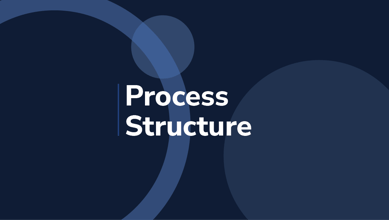Management
Everything you need to know about the Managing Area of a company.
Introduction
In a company, there are many coexisting functional areas that make business work properly: management, finances, administration, production/operations, quality, marketing, human resources, project management, process, logistics. In order to reach its organizational objectives, it is vital that all these areas have the same purpose and business strategy.
Next, we are going to delve into the Management area: what is it, which are its main functions, its biggest challenges, etc
What will you find on this page?
What is business management?
What does resistance to change mean?
What does resistance to change mean?Leer completo
TABLE OF CONTENTS
Related concepts
- Investing in the training and development of the team.
- Leading by example.
- Listening to the team members.
- Offering recognition of good work and constructive criticism if needed.
- Providing a pleasant work environment.
- Posing exciting challenges to encourage the team.
- Holding regard for the team members.
Delve deeper into our
Business Concepts

What is a macro process?

Process structure

Formalization of processes
History of the Managing area
Function of the Managing Area within the company
1. Organization.
5. Promoting good relations among all the employees of the company.
-
It puts into motion the established guidelines in the planning and organization. If there is no action, those guidelines will remain as dreams and illusions.
-
Through this area, team workers can develop better behavior within the organization.
-
The productivity of the organization depends directly on this area.
-
Its quality is reflected in the achievement of global goals, a correct implementation of control systems and a solid leadership based on teamwork.
Management guides an organization toward its goals by turning challenges into opportunities
Managment in organizations
Different kinds of executives we can find in the managing area of a company (executive director and president)
Main challenges in the managing area.
Main issues in the managing area.
3. Focusing only on results.
Delves into the relationship between managment and business
What do we do in Drew?
We believe that clear processes, supported by the right technology, create an environment where people work happier, and thus make your company more productive.Supplementary material
Resources and editorial content
Practical resources on the main challenges and solutions that every company has.
Managment sessions
Meetings dedicated to particularize different problems that transit the current organizations.
Conclusion
The role of the Managing area of a company is vital in its development and growth since it is in charge of obtaining a good or bad response on the part of the human resources of the company. This is why it requires a high level of leadership in the people who run the company. Besides, it requires the establishment of a free-flowing communication system in the whole company that allows teamwork with the employees and the coordination of tasks that will contribute to achieving the proposed goals.
%20(1).jpg?width=300&name=wp9131686%20(1)%20(1).jpg)
